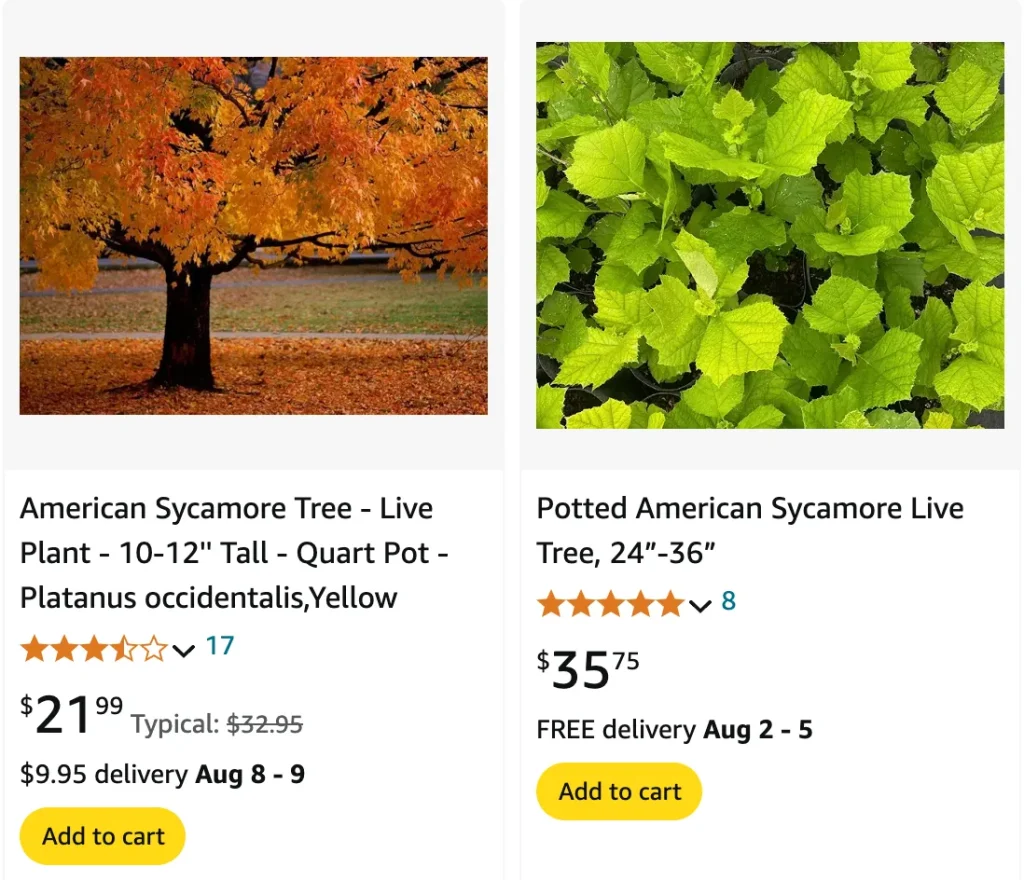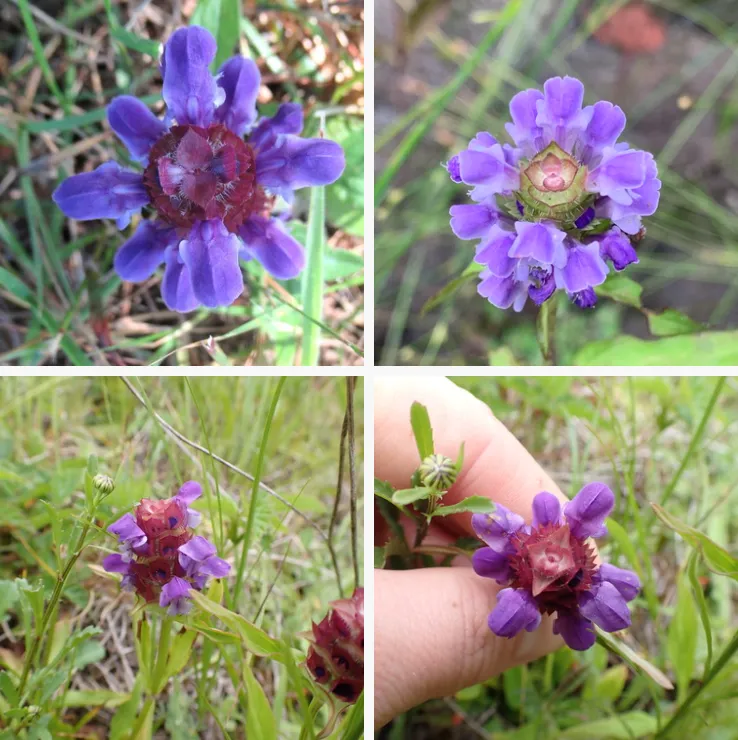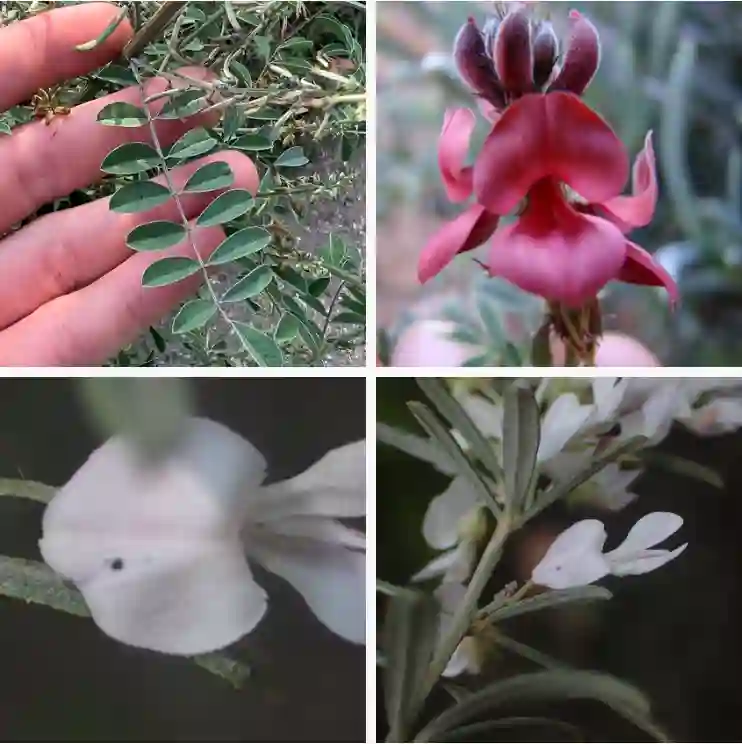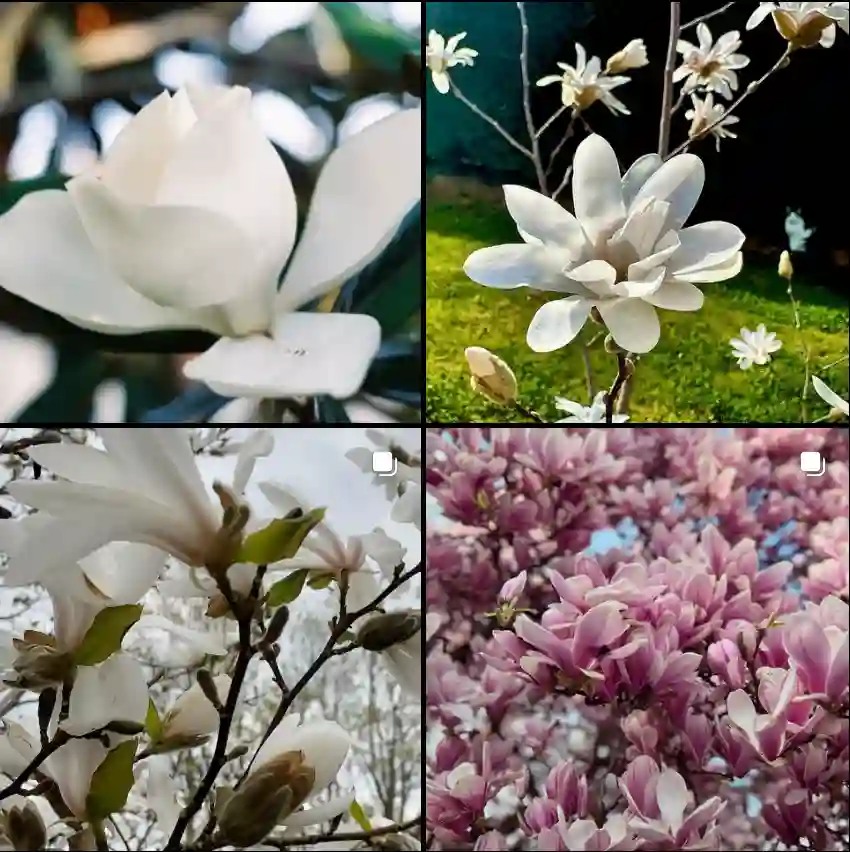
American Sycamore – Platanus occidentalis
The American Sycamore, or Platanus occidentalis, has always captured my imagination. Its towering presence, patchy bark, and broad leaves are nothing short of majestic. Having spent years cultivating an appreciation for trees, the sycamore has become a personal favorite. In this article, I’ll share my experiences, observations, and reflections on this iconic species.
Plant Family: Platanaceae – 12 Species in Genus Platanus
The Visual Marvel
Standing beneath a mature American Sycamore, you feel small. These trees can reach heights of over 100 feet, with trunks that grow impressively wide—sometimes exceeding 10 feet in diameter. The bark is a standout feature. Its mottled appearance, a mosaic of cream, green, and brown, peels away in patches to reveal smooth, pale underlayers. This exfoliating bark isn’t just aesthetically pleasing; it serves a purpose. By shedding layers, the tree prevents the buildup of harmful organisms.
I remember first encountering one in an old park during a quiet walk. The dappled sunlight streaming through its massive leaves felt like nature’s stained glass. That moment cemented my admiration for this tree.
A Tree of Many Names
The American Sycamore is sometimes called the Buttonwood or American Plane Tree. These names hint at its versatility and history. Native to the eastern United States, it thrives along riverbanks, floodplains, and lowland areas. Its ability to adapt to wet soils makes it a natural protector against erosion.
In my own experience, planting a sycamore near a water feature not only enhances the landscape but also supports local ecosystems. Birds, squirrels, and insects seem to adore the shelter it provides.
Growth and Care
One of the most striking aspects of the sycamore is its rapid growth. As someone who appreciates fast results in gardening, this tree’s ability to shoot up quickly is a bonus. However, it requires space—lots of it. If you’re thinking about planting one, ensure you have room for its expansive canopy and extensive root system.
In my yard, I planted a young sycamore sapling a few years ago. Within a short span, it grew to a commanding presence, providing shade that transformed the microclimate around it. The large, lobed leaves create a dense canopy, ideal for cooling down during hot summers.
Sycamores are low-maintenance but have specific needs. They prefer full sun and moist, well-drained soils. While they can tolerate occasional droughts, consistent watering during dry spells keeps them thriving.
Ecological Importance
From an ecological perspective, the American Sycamore plays a vital role. Its dense wood resists rot, making it a reliable source for furniture, flooring, and butcher blocks. Historically, Native Americans used its hollowed trunks for canoes.
For me, its ecological contributions extend to its function as a carbon sink. With climate change on everyone’s mind, trees like the sycamore are invaluable for their ability to absorb carbon dioxide and release oxygen. Planting one isn’t just an aesthetic choice; it’s an environmental commitment.
Challenges and Considerations
Every tree has its quirks, and the sycamore is no exception. Its size can be both a blessing and a challenge. Falling leaves and bark require cleanup, especially during autumn. Additionally, its susceptibility to anthracnose, a fungal disease, can cause defoliation and branch dieback.
I’ve dealt with anthracnose on my tree, but proactive care—like removing infected leaves and branches—has kept it healthy. Choosing disease-resistant cultivars is also a smart move for anyone planning to add this tree to their landscape.
My Personal Connection
To me, the American Sycamore represents resilience and grandeur. It’s a tree that has withstood centuries of environmental change, standing tall as a symbol of endurance. Watching mine grow has been deeply rewarding. Its presence transforms the space around it, offering shade, shelter, and a connection to nature.
I often find myself sitting under its canopy, enjoying a book or simply soaking in the ambiance. The rustle of its leaves in the breeze is a soothing soundscape, grounding me in the present.
FAQs
Is Sycamore Good Firewood?
When it comes to firewood, Sycamore isn’t often the first choice for many. While it does burn, it’s not known for its high heat output compared to other hardwoods like oak or hickory. Sycamore wood tends to be less dense, which means it can burn faster and produce less heat. However, if you have it on hand, it can still be used effectively, but you might need to burn more of it to achieve the same warmth.
What is Sycamore Wood Good For?
Sycamore wood is quite versatile. It’s often used for making furniture, cabinetry, and turnings due to its workability. The wood has a fine, even grain that can take stain and polish well. Additionally, Sycamore is used in some specialty items like cutting boards and musical instruments. Its relatively low cost and ease of working make it a practical choice for various woodworking projects.
How High Does the Sycamore Grow?
Sycamore trees can reach impressive heights. Typically, they grow between 60 to 100 feet tall, though some specimens can exceed this range. Their expansive height and broad canopy make them a striking addition to landscapes, offering substantial shade and a commanding presence.
How to Identify a Sycamore Tree?
Identifying a Sycamore tree is relatively straightforward once you know what to look for. Sycamores are distinguished by their large, maple-like leaves with three to five lobes and their distinctive bark, which peels off in large flakes, revealing a patchwork of cream, tan, and gray beneath. The leaves are generally broad, with a rough texture and a slightly jagged edge.
Is Sycamore Wood Valuable?
In terms of monetary value, Sycamore wood is not typically considered highly valuable. While it is appreciated for certain applications due to its workability and appearance, it doesn’t fetch as high a price as more sought-after hardwoods like walnut or cherry. However, its utility and availability make it a practical choice for many applications.
Are Sycamore Trees Poisonous?
Sycamore trees are not considered poisonous to humans or animals. However, like many trees, their leaves and seeds can cause digestive issues if consumed in large quantities. While they aren’t toxic, it’s always best to avoid ingestion of plant materials that aren’t part of your regular diet.
What Color is Sycamore?
The color of Sycamore wood can vary. Typically, it has a light, creamy hue with a subtle, golden undertone. As it ages, the wood might darken slightly. The bark, on the other hand, is more of a mix of tan, gray, and cream, giving it a patchy, mottled appearance.
Where to Buy Sycamore Trees?
Sycamore trees can be purchased from various sources. Local nurseries and garden centers often carry young Sycamore saplings. For larger quantities or specific cultivars, specialized tree nurseries or online plant retailers are good options. When buying a tree, make sure it’s suited to your local climate and soil conditions.
Why is My Sycamore Tree Dropping Leaves?
Leaf drop in Sycamore trees can be due to several factors. Common causes include environmental stress, such as drought or waterlogging, as well as pest infestations or diseases. It’s important to examine the tree closely to identify any signs of disease or pest activity and adjust care practices accordingly. Proper watering and pest management can help mitigate these issues.
Can a Sycamore Tree Be Topped?
Topping a Sycamore tree is generally not recommended. Topping can lead to weak growth, increased susceptibility to diseases, and an overall reduction in the tree’s health and structural integrity. If you need to manage the size of your Sycamore, consider consulting a professional arborist for proper pruning techniques.
Can Goats Eat Sycamore Leaves?
Goats can eat Sycamore leaves, but it’s not always recommended. While they aren’t toxic, the leaves might not be the most nutritious option for them. Additionally, large quantities of any plant material could potentially lead to digestive upset. It’s best to provide a varied diet for goats and avoid over-reliance on any single type of forage.
Do Sycamore Trees Have Balls?
Yes, Sycamore trees produce small, ball-like fruit clusters known as “sycamore balls” or “seed balls.” These are actually globular clusters of seeds covered in a spiky, ball-shaped casing. The fruit balls are a distinctive feature of the tree, often hanging on the branches through the winter and into the spring.
How to Care for Sycamore Trees?
Caring for Sycamore trees involves providing proper water, nutrients, and occasional pruning. They generally prefer moist, well-drained soil and can tolerate a range of soil types. Regular watering, especially during dry periods, and monitoring for pests and diseases are crucial for maintaining tree health. Pruning should be done to remove dead or diseased branches and to maintain the tree’s shape.
How to Propagate Sycamore Trees?
Propagating Sycamore trees can be done through seed or cuttings. Seeds should be collected in the fall and stratified (cold-treated) before planting. For cuttings, take semi-hardwood cuttings in late summer or early fall, treat with rooting hormone, and plant in a well-draining mix. Both methods require patience and careful attention to ensure successful propagation.
What to Plant with Sycamore Trees?
Sycamore trees can be paired with a variety of understory plants to create a harmonious landscape. Consider planting shade-tolerant perennials, groundcovers, and shrubs that complement the tree’s large canopy. Plants like hostas, ferns, and shade-loving grasses work well beneath a Sycamore’s canopy, creating a lush and diverse garden environment.
What to Plant with Sycamore Trees?
Sycamore trees can be paired with a variety of understory plants to create a harmonious landscape. Consider planting shade-tolerant perennials, groundcovers, and shrubs that complement the tree’s large canopy. Plants like hostas, ferns, and shade-loving grasses work well beneath a Sycamore’s canopy, creating a lush and diverse garden environment.
Final Thoughts
The American Sycamore is more than just a tree; it’s a living monument. Whether you admire its striking bark, marvel at its size, or appreciate its ecological contributions, it’s a species worth celebrating.
For anyone with the space and dedication to care for one, I wholeheartedly recommend adding a sycamore to your life. It’s a commitment, yes, but one that pays dividends in beauty, shade, and environmental impact. For me, it’s a source of joy and a reminder of nature’s enduring power.
If you’re considering planting an American Sycamore, I encourage you to take the plunge. It might just become your favorite tree, as it has become mine.
If i die, water my plants!



